There are plenty of knife sharpeners out there to choose from, and it can get a little confusing. So, let’s dive into each of these knife sharpening tools and how you can find the right fit for your needs!
1. What Types of Knife Sharpening Tools Are There?
 #1000 / #6000 Grit Combo with Oak Storage Box Portable Whetstone Kit Dalstrong
#1000 / #6000 Grit Combo with Oak Storage Box Portable Whetstone Kit Dalstrong
When it comes to knife sharpening tools, there are several options available. Some popular types include:
- Electric knife sharpeners or pullthrough sharpeners
- Sharpening stones (also known as whetstones)
- Honing rods or honing steel
- Ceramic rods
- Sharpening systems
- Manual knife sharpeners
- Diamond sharpeners
- Sharpening steels
- Razor strops
- Pocket sharpeners
Let’s dive into deeper detail about how each of these tools can come in handy and the ultimate knife sharpening tool there is.
Electric knife sharpeners or pullthrough sharpeners
These are convenient and efficient tools that use motorized grinding or honing blades to sharpen the knife. They are user-friendly and often come with adjustable settings for different types of knives and desired sharpness levels. Electric kitchen sharpeners are particularly useful for those who want quick and precise results.
Sharpening stones
Also known as whetstones, these traditional tools consist of abrasive surfaces made of natural or synthetic materials. They come in various grit levels, ranging from coarse to fine, and require manual sharpening techniques. Sharpening stones allow for greater control and are versatile enough to handle different blade types.
Honing rods
Honing rods, also called sharpening steels or honing steel, are long, cylindrical rods typically made of steel or ceramic. They are primarily used for honing and realigning the blade's edge rather than removing material. Honing steel rods are suitable for maintaining the sharpness of already sharpened knives between more intensive sharpening sessions.
Ceramic rods
Ceramic rods are specialized honing tools that are highly effective for honing and maintaining the edge of ceramic knives. They offer a high level of hardness and can help keep ceramic blades sharp and in good condition. However, ceramic rods and knives are quite brittle and are far less effective than stainless steel honing rods.
Sharpening systems
These are comprehensive kits or setups that provide a guided and consistent approach to knife sharpening. Sharpening systems often include a variety of sharpening stones, clamps, angle guides, and other accessories to ensure precise and repeatable results.
Manual knife sharpeners
Manual sharpeners come in various designs, such as pull-through sharpeners, sharpening files, or sharpening rods with built-in angle guides. They offer a hands-on approach to sharpening and are generally compact and portable.
Diamond sharpeners
Diamond sharpeners feature abrasive surfaces coated with diamond particles. They are known for their durability and efficiency in removing material and reshaping the blade's edge. Diamond sharpeners are especially useful for sharpening hard and high-carbon steel knives.
Sharpening steels
These are long steel rods used primarily for honing and realigning the edge of a knife. They are often included in knife block sets and can help maintain the blade's sharpness over time.
Razor strops
Strops are leather strips or paddles used to polish and refine the blade's edge after sharpening. They help remove any remaining burrs or imperfections, resulting in an exceptionally sharp and smooth cutting edge.
Pocket sharpeners
These are compact and portable pocket sharpeners that are convenient for sharpening knives on the go. They typically feature a combination of sharpening surfaces, such as carbide or ceramic, and are suitable for quick touch-ups and maintenance.
2. What’s The Difference Between Honing and Sharpening?
 #400 / #1000 Grit Premium Whetstone Set Dalstrong
#400 / #1000 Grit Premium Whetstone Set Dalstrong
Honing
Honing is the process of realigning and refining the edge of a blade to restore its sharpness. It involves using a honing rod, honing steel, or sharpening steel to straighten any microscopic bends or folds in the blade caused by regular use.
Honing does not remove significant amounts of metal, but it does help maintain the sharpness of the blade. It is recommended to hone your knives every two to three months to keep them performing at their best.
Sharpening
On the other hand, sharpening involves the actual removal of metal from the blade to create a new, sharp edge. This is typically done using sharpening stones, electric kitchen knife sharpeners, or manual sharpening devices.
Sharpening is necessary when the blade becomes dull or loses its cutting ability. It involves grinding the blade against an abrasive surface to reshape and refine the edge to regain a sharper cutting surface.
3. Why Are Sharpening Stones The Best Knife Sharpening Tools Out There?
 #400 / #1000 Grit Premium Whetstone Set Dalstrong
#400 / #1000 Grit Premium Whetstone Set Dalstrong
Sharpening stones are considered one of the best knife sharpening tools available for several reasons:
Versatility
Sharpening stones offer a wide range of grit options, from coarse to fine. This versatility allows you to choose the appropriate grit level based on your specific sharpening needs. Coarse grit stones can quickly remove material and reshape the blade, while fine grit stones provide a smooth and polished edge.
Control
Using sharpening stones gives you greater control over the sharpening process. You can adjust the angle, pressure, and motion to suit your preferences and the specific requirements of your knives. This level of control allows for more precise and customized sharpening results.
Quality
Sharpening stones are known for producing high-quality edges. They allow you to create a sharp, fine edge that can enhance cutting performance and precision. The gradual and controlled removal of material during the sharpening process helps maintain the blade.
Durability
Sharpening stones are durable and can last for a long time if properly cared for. They are typically made of natural or synthetic abrasive materials, such as aluminum oxide or diamond particles, which provide consistent sharpening performance over time.
Budget-Friendly
Compared to some other tools, such as electric sharpeners or specialized sharpening systems, sharpening stones are often more affordable. They offer a cost-effective solution for maintaining the sharpness of your knives, especially if you are willing to invest a bit of time and effort into learning proper sharpening techniques.
Portability
Sharpening stones come in various sizes, including compact options that are easy to carry. This makes them a convenient choice for those who need to sharpen their knives on the go or while camping, hiking, or working in remote locations.
4. What Are The Different Kinds Of Sharpening Stones And Their Grit?
 #1000 / #6000 Grit Combo with Oak Storage BoxPortable Whetstone Kit | Dalstrong
#1000 / #6000 Grit Combo with Oak Storage BoxPortable Whetstone Kit | Dalstrong
Different grit ranges of sharpening stones serve different purposes in the sharpening process. Here's a breakdown of the common grit ranges and their primary uses:
Coarse Grit (#220-#400):
- Used for repairing or reshaping damaged or very dull blades or a dull knife.
- Removes material quickly to establish a new edge or correct major imperfections.
- Ideal for initial sharpening of knives that have significant wear or nicks.
Medium Grit (#600-#1000):
- Suitable for general sharpening and maintenance of knives.
- Refines the edge, removes scratches left by coarse grits, and further shapes the blade.
- Provides a good balance between material removal and edge refinement.
Fine Grit (#1000-#3000):
- Used for refining and polishing the edge after initial sharpening.
- Helps remove any remaining scratches or burrs from coarser grits.
- Creates a smoother, more refined cutting edge.
- Prepares the blade for finer finishing or honing stages.
Extra Fine Grit (#4000+):
- Designed for achieving a highly polished and razor-sharp edge.
- Provides the final touch to the sharpening process.
- Refines the edge to a mirror-like finish, maximizing cutting performance and precision.
- Can be used for knives needed to be used for large cutting or slicing tasks.
5. How Often Should You Sharpen Your Knives?
 Dalstrong #400/#1000 Grit Premium Whetstone Set
Dalstrong #400/#1000 Grit Premium Whetstone Set
This is a very important aspect to remember when choosing a knife sharpening tool.
Your go-to kitchen knife needs a little loving, too. A general guideline is to sharpen them every 2-4 months. However, this can vary depending on how often you use the knives and the type of foods you cut. Knives used for heavy-duty tasks, such as butchering or chopping through hard ingredients, may require more frequent sharpening.
Moreover, you should pay attention to these 4 signs to see whether or not your knives need a little whetstone love.
Decreased cutting performance
If you notice your knives are struggling to slice or require more force to cut through food, it's likely time for sharpening.
Blunt or dull edges
Run your finger gently along the blade's edge. If it feels rounded or no longer has a sharp bite, it needs sharpening.
Visible nicks or chips
If you notice visible imperfections on the blade, such as chips or dings, sharpening can help restore a smooth and sharp edge.
Uneven cutting
If your knife tends to veer to one side or produces uneven slices, it may be an indication of a blade that needs sharpening.
6. How To Sharpen Knives With Sharpening Stones
 #3000 / #8000 Grit Premium Whetstone Set Dalstrong
#3000 / #8000 Grit Premium Whetstone Set Dalstrong
Here is a step-by-step guide to help you sharpen your knives effectively using sharpening stones:
- Find a stable surface and place a damp towel or non-slip mat underneath the sharpening stone to prevent it from sliding during the process.
- Choose a stone with the desired grit level based on the condition of your knife and your sharpening goals. Coarse grit stones (e.g., 220-400) are suitable for repairing damaged or dull blades, while finer grit stones (e.g., 1000-3000) are used for refining and polishing.
- Some sharpening stones, such as oil stones or Arkansas stones, require lubrication, so make sure that you apply mineral oil or water, to the surface of the stone.
- Angle your knife at somewhere between 15-20 degrees,
- Hold the knife's handle firmly and place the blade's edge against the stone at the chosen angle. Maintain consistent pressure and slide the blade across the stone in a sweeping motion, moving from the base to the tip.
- Switch to finer grits: Repeat the sharpening process using the same technique as before but with a finer grit this time. This will help refine and polish the edge.
- After sharpening with the finest grit stone, you should always hone the knife. Use a honing rod or sharpening steel rod to realign the blade's edge.
- Test your knife’s sharpness by slicing through a piece of paper or a ripe tomato. If the knife cuts smoothly and effortlessly, it is likely sharp and ready to use.
7. Dalstrong vs. Edge Pro, Ken Onion, And Chefs Choice
As we discussed earlier, there are plenty of knife sharpeners and companies out there. So, it’s only natural to get a little confused when trying to pick the perfect sharpening tool. Let’s have a look at some popular knife companies and their sharpeners.
Edge Pro:
Edge Pro is a popular brand known for its precision sharpening systems. Some of their knife sharpeners are edge pro apex or edge pro angle. These systems typically include a guided sharpening stone holder, allowing users to maintain consistent angles during the sharpening process. The Edge Pro sharpening systems are highly regarded for their accuracy and versatility, making them suitable for both professional and home use.
Ken Onion:
Ken Onion is a renowned knife designer, and his collaboration with various sharpening brands has resulted in innovative sharpening solutions. The Ken Onion Edition sharpeners are designed to provide efficient and precise sharpening, often incorporating adjustable angle guides and specialized sharpening belts or discs. These sharpeners offer convenience and ease of use, making them popular among users looking for quick and reliable sharpening results.
Chef's Choice:
Chef's Choice is a well-known brand that offers a range of electric knife sharpeners. It’s known for its product, the CHEFSCHOICE PRONTOPRO. These sharpeners are designed for convenience, providing automated sharpening processes that require minimal manual effort.
Chef's Choice sharpeners often incorporate diamond abrasives and advanced technology to deliver efficient and consistent results. They are favored by those who prioritize speed and simplicity in their sharpening routines.
Dalstrong
Dalstrong, on the other hand, is primarily known for its high-quality knives rather than sharpening systems. Dalstrong knives are crafted with precision and feature excellent blade materials and ergonomic designs. Dalstrong sharpening stones are known for their consistent grit levels.
Choosing the right grit is crucial for achieving predictable and reliable sharpening results. Dalstrong ensures that their stones are manufactured with precision, maintaining consistent grit sizes throughout the stone's surface. This consistency allows users to achieve a uniform and even sharpening across the entire blade edge.
Dalstrong's advantage lies in the exceptional quality of its knives, which are designed to maintain sharpness and durability. With a focus on craftsmanship and attention to detail, Dalstrong knives are often preferred by chefs and knife enthusiasts who value performance and reliability in the kitchen.
8. Must Have Dalstrong Knife Sharpening Stones
1. Dalstrong #1000 / #6000 Grit with Nagura Stone & Rust Eraser
Dalstrong's Premium Sharpening Stones, the ultimate tool for achieving razor-sharp edges on your knives. With consistent grit levels and a dual-sided design, these high-quality stones offer versatile sharpening options for both coarse and fine grit needs. The water compatibility in these whetstones offers a safe and efficient sharpening process.
PROS:
- Consistent grit levels for reliable sharpening results.
- Dual-sided design for versatile sharpening options.
- Water compatibility for safe and efficient sharpening.
CONS:
- May require additional accessories for optimal sharpening technique.
- Sharpening process requires practice and skill.
2. #1000 / #6000 Grit Combo with Oak Storage Box
This Portable Whetstone Kit is the ideal solution for maintaining and sharpening your knives and tools with ease. Designed for knife enthusiasts who are always on the move, this kit ensures that your cherished blades maintain their scalpel-like edge and peak performance wherever you go.
PROS:
- Convenient and portable design for sharpening on the go
- Double-sided premium Corundum whetstone with #1000 and #6000 grit for versatile sharpening and polishing
- Stylish oak wood storage box provides secure and elegant storage
CONS:
- The silicone mat may not offer the same stability as a traditional non-slip base.
- Whetstone sharpening technique requires practice and skill for the best results, so it would require a little more time.
3. Premium Whetstone Set Dalstrong
Your knives deserve a little loving, too! Designed to ensure proper maintenance and sharpening, this set contains the essentials needed to maintain the long-lasting scalpel-like edge and peak performance of your favorite blades. With two individual whetstones for precision sharpening, this set is suitable for both German and Japanese-style knives, scissors, and other bladed tools.
PROS:
- Trusted Dalstrong craftsmanship and design with high-quality materials.
- The #3000 grit is ideal for sharpening dull or damaged blades, and the #8000 grit is perfect for achieving a mirror polish and sharp edge.
- Larger, thicker, oversized stones provide increased surface area for efficient sharpening.
CONS:
- The Acacia Wood Base for the set is sold individually, but is a great addition to your sharpening stones to keep them resilient.
- If you’re not a knife enthusiast, you might find great value in sharpening stones, although they can add longevity to your favorite kitchen knife.
4. Premium Whetstone Set Dalstrong
Crafted with the absolute best materials available, this set helps your favorite kitchen knife get proper maintenance and sharpening to protect your valuable blades. With two individual whetstones constructed of top-grade corundum, you can achieve precision sharpening and maintain a scalpel-like edge on your German and Japanese-style knives and scissors.
PROS:
- Trusted Dalstrong award-winning craftsmanship and design, so you can’t go wrong with that.
- High-quality materials for superior performance and durability.
- Two individual whetstones – a #400 coarse grit for sharpening dull or damaged blades and a #1000 all-purpose stone for achieving a mirror polish and sharp edge.
- Compatible with optional Acacia Wood Base so you can carry these striking sharpening stones around.
CONS:
- If you’re a novice and working your way up the culinary ladder, this sharpening kit can seem a little intimidating.
- Your knives require a sharpening stone with a different grit.
9. Frequently Asked Questions
Do knife sharpeners really work?
Yes, knife sharpeners are designed to effectively sharpen dull blades and restore their cutting performance. Whether it's manual sharpeners, electric sharpeners, or sharpening stones, these tools are specifically engineered to remove metal from the blade's edge and create a sharp cutting surface.
With proper technique and the right sharpener, you can achieve excellent results and revive the sharpness of your knives!
What is the best way to sharpen knives at home?
The best way to sharpen knives at home is to use a high-quality sharpening stone or whetstone. These tools offer precise control and allow you to customize the sharpening angle to suit your specific needs.
Start with a coarse grit stone to remove any nicks or damage, then progressively move to finer grits for a polished and razor-sharp edge. Remember to maintain a consistent angle and follow proper sharpening techniques for optimal results.



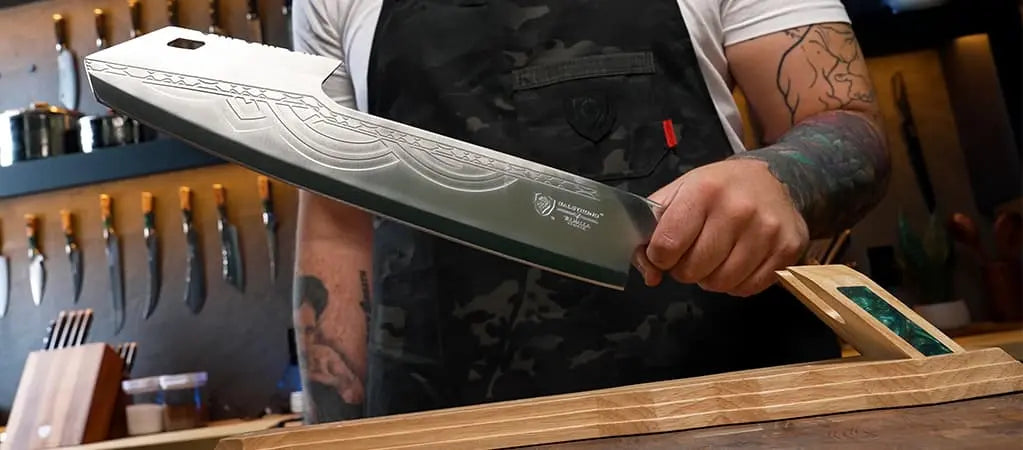
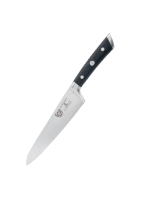
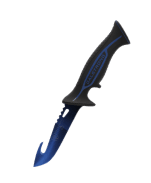
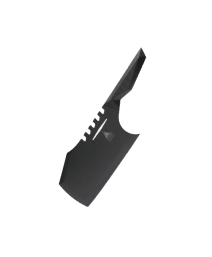
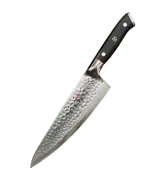
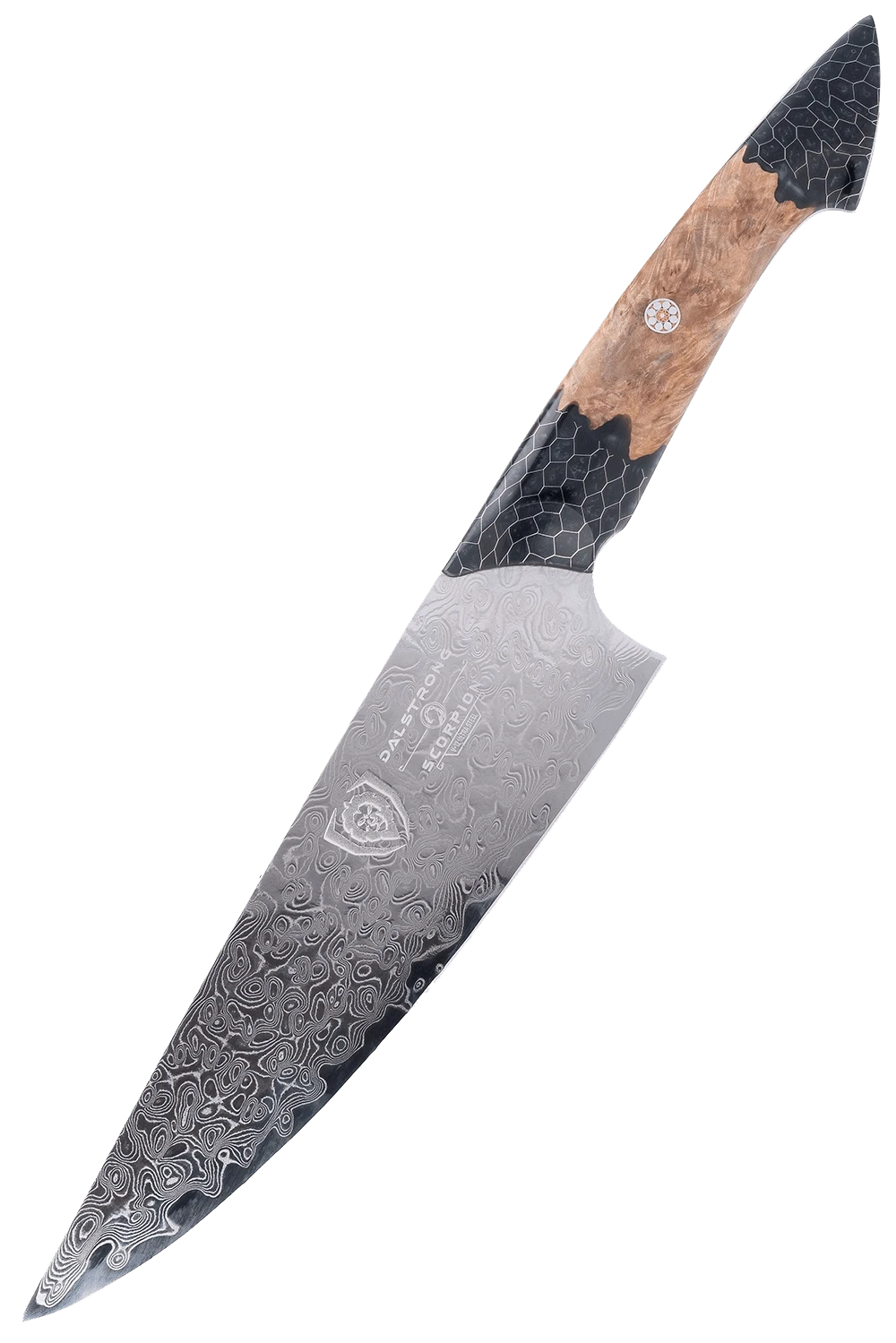
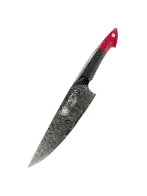
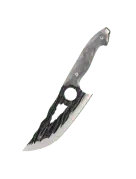
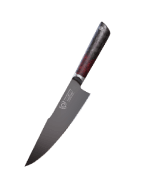
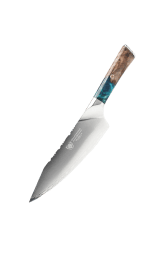

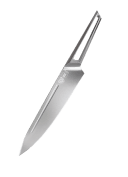
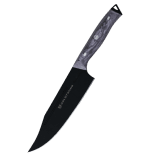

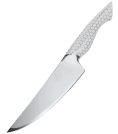
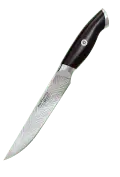
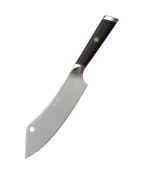
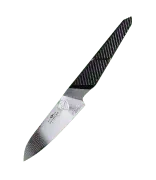
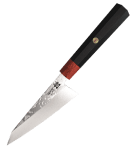
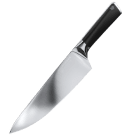
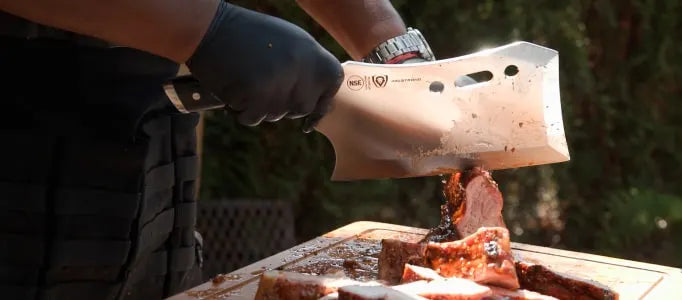
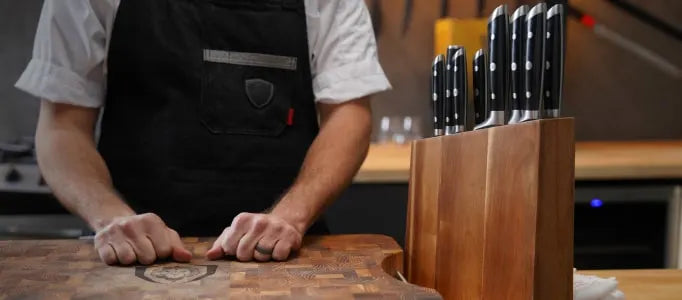
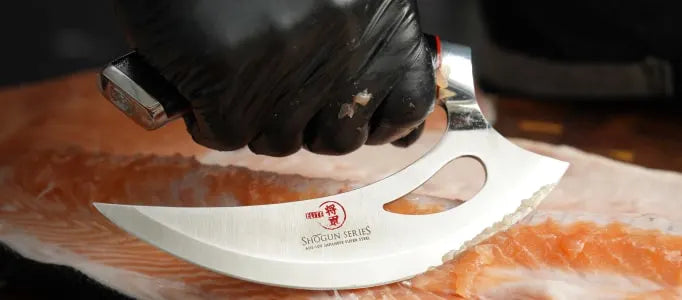

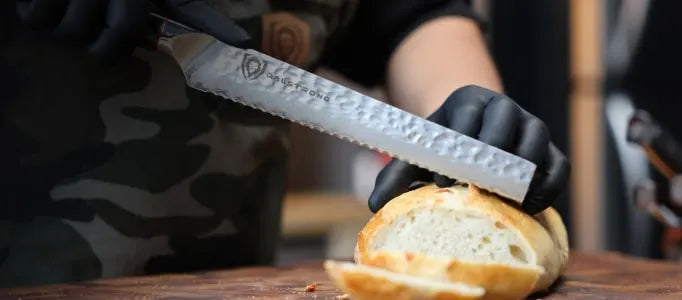
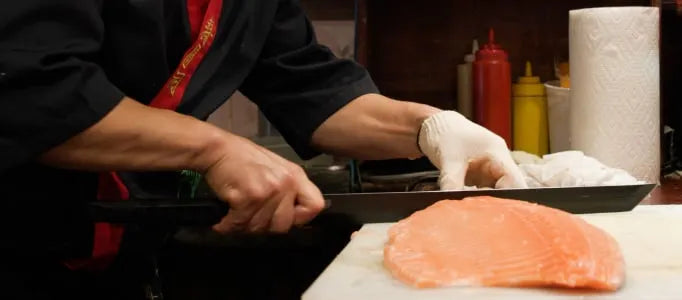
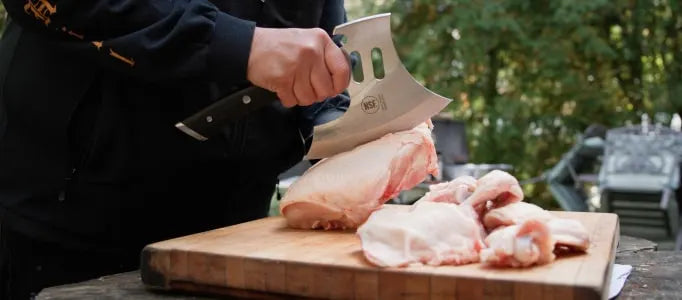
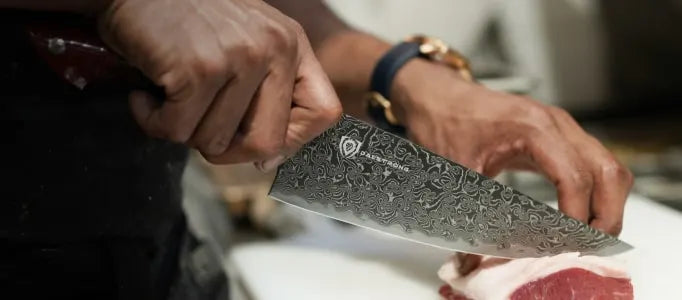
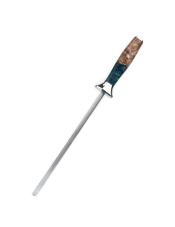
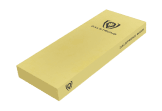


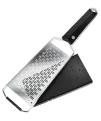






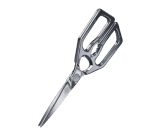





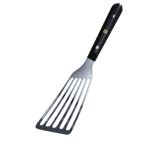

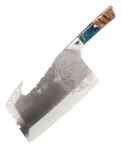

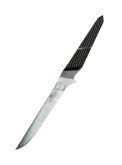
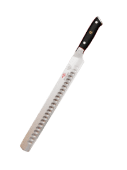
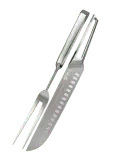
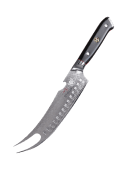
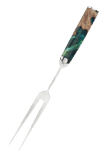





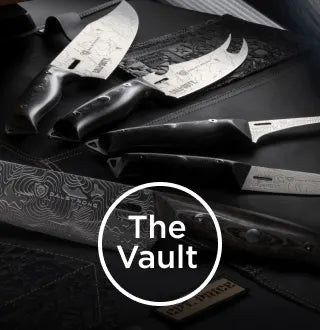

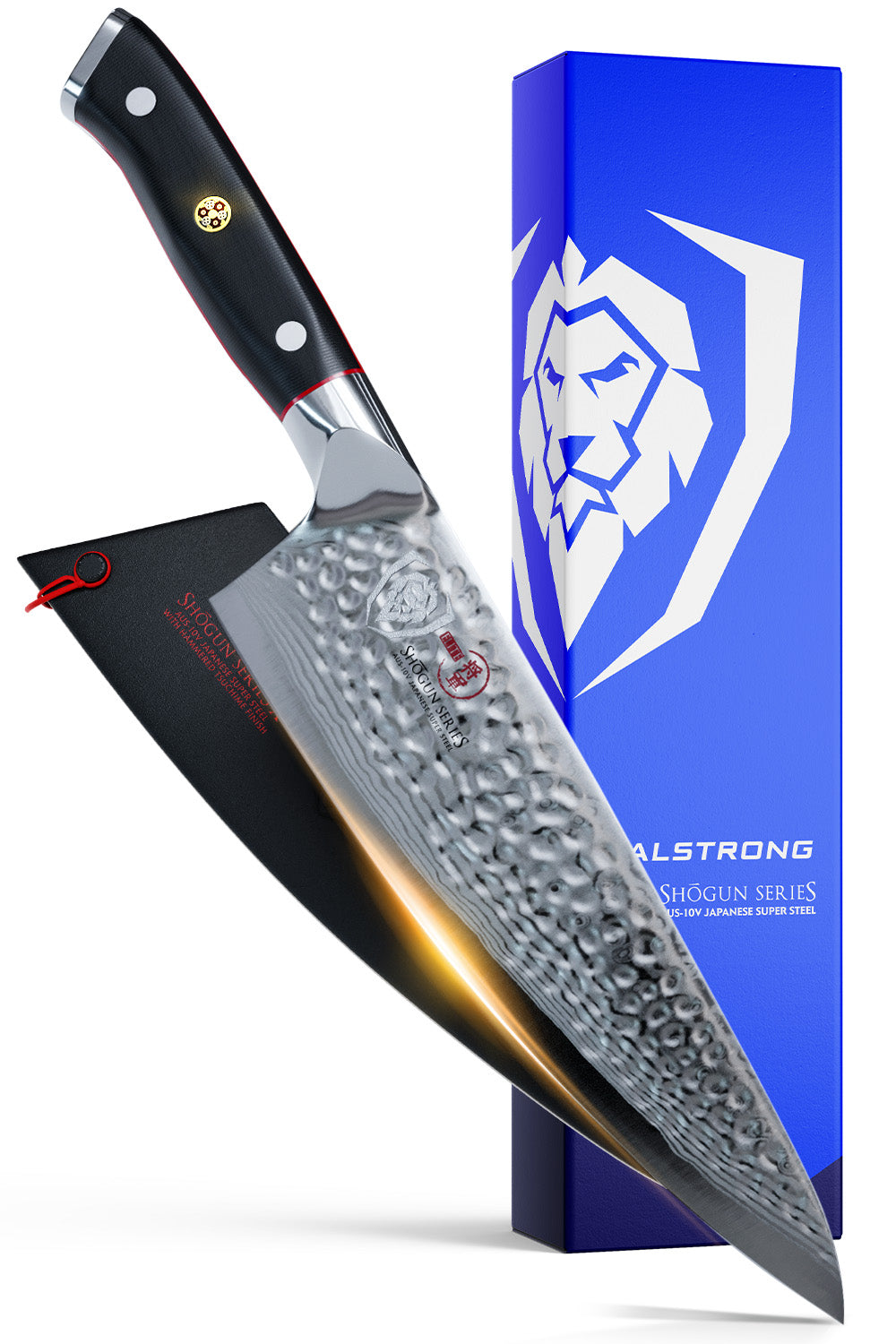
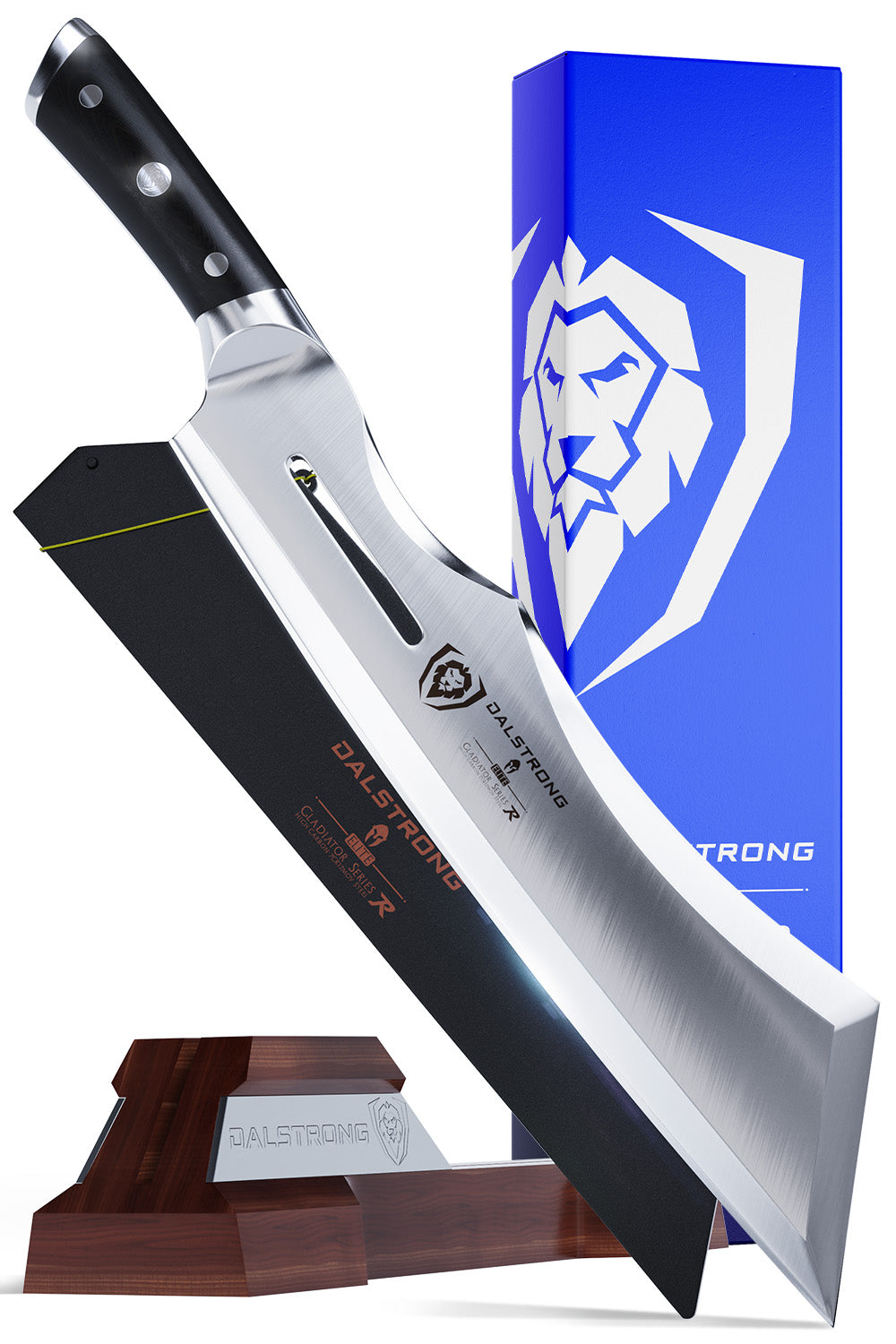










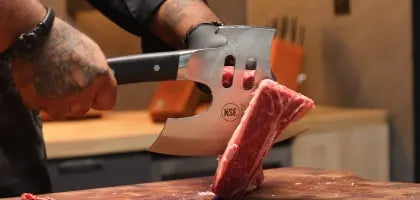

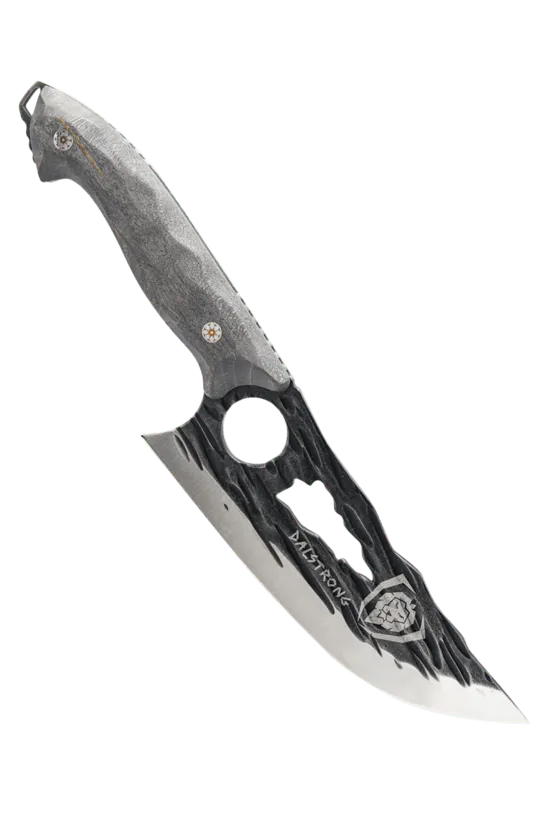
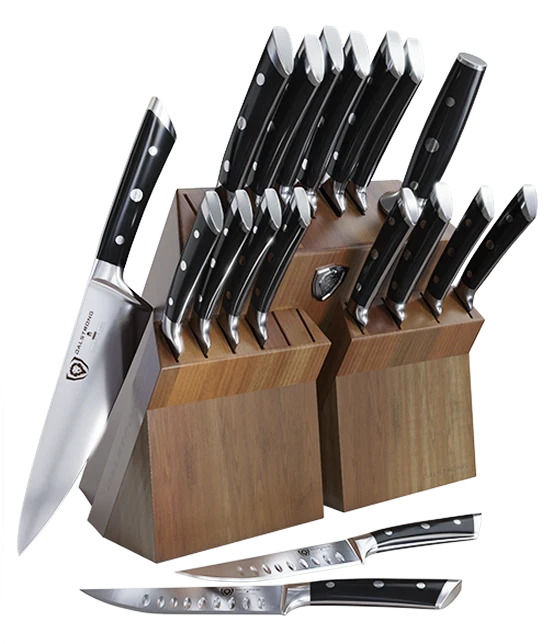

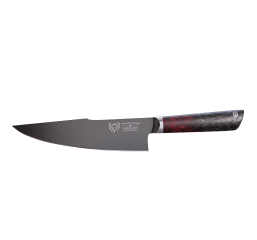
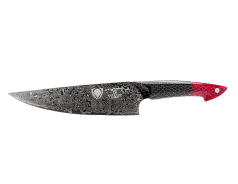
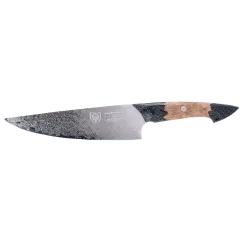
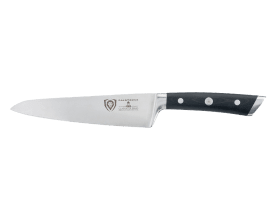
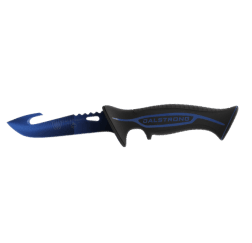
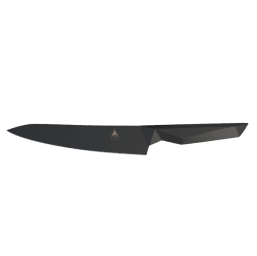





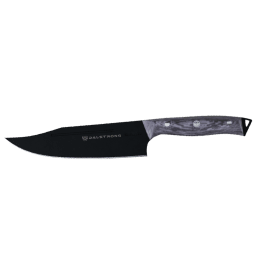

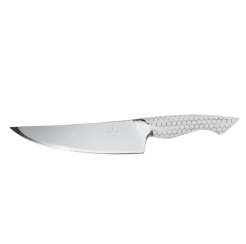
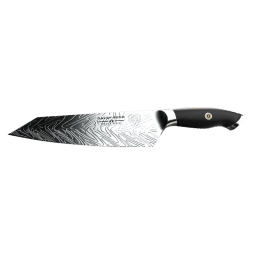
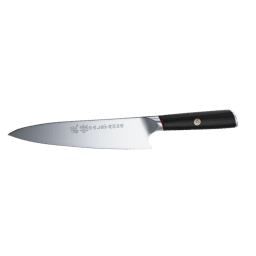
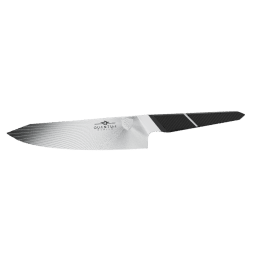

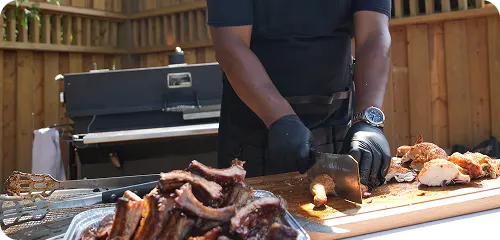
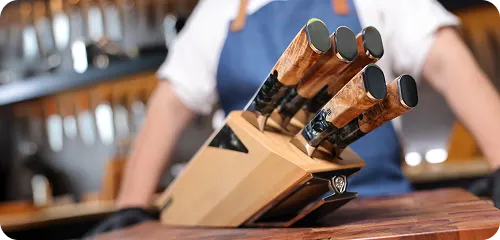





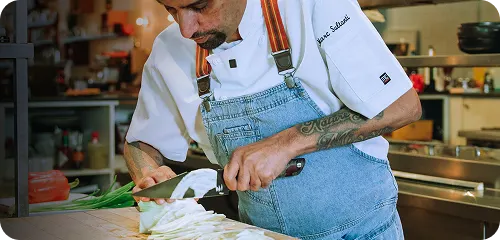
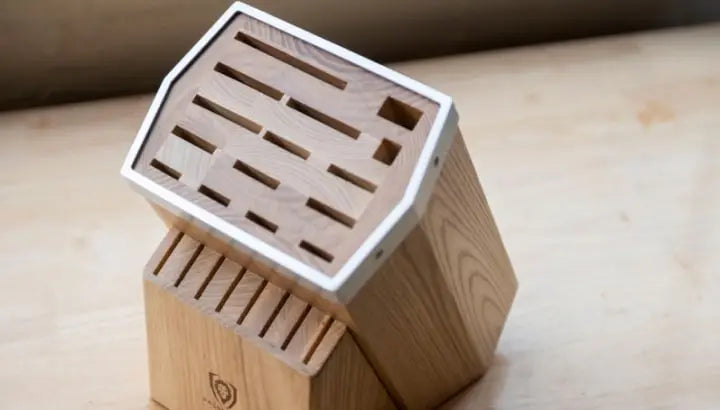

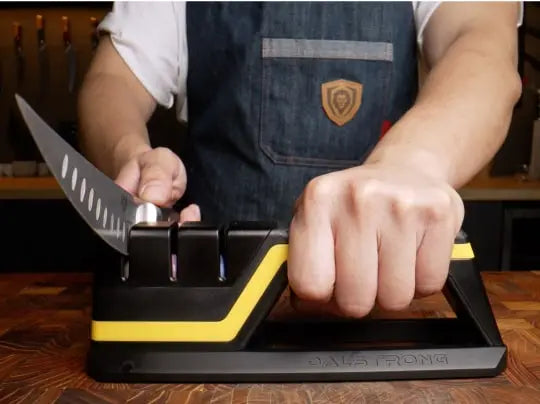
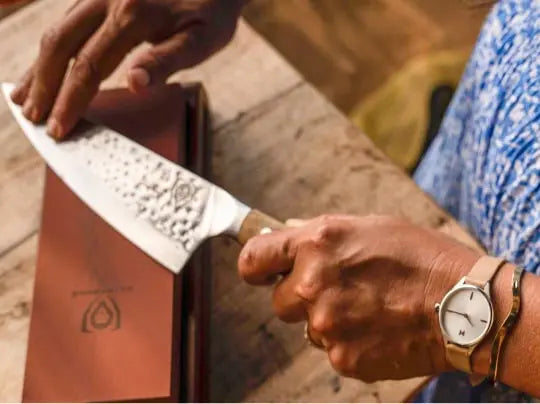
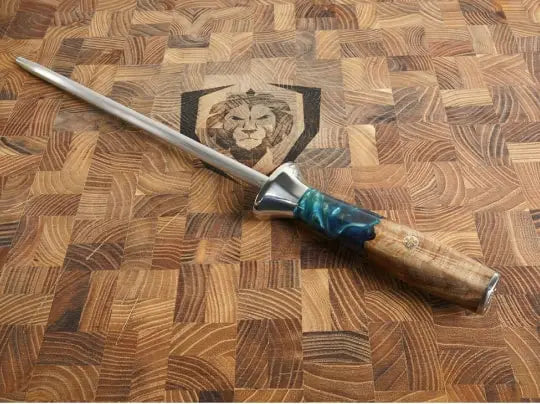
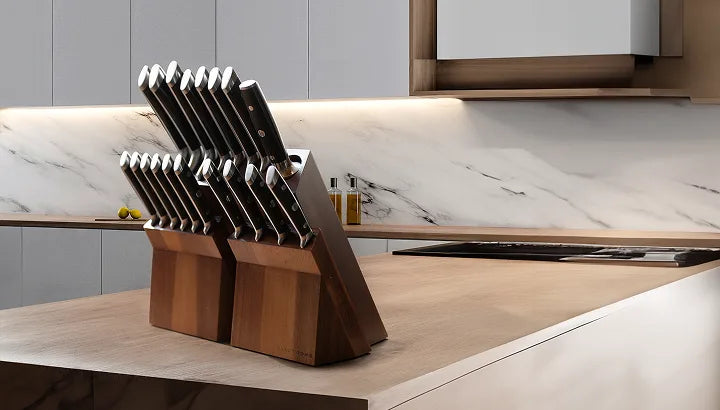
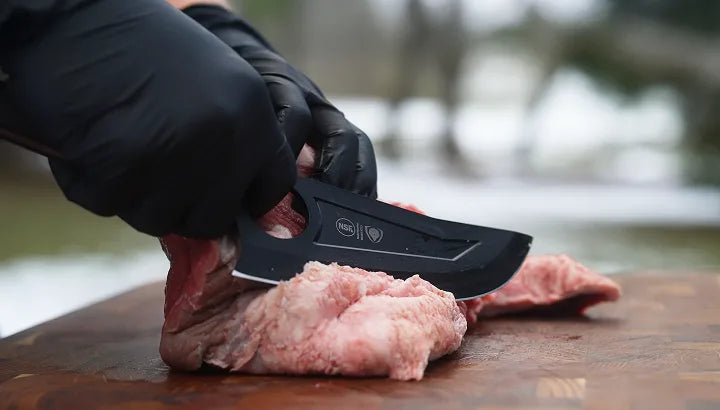
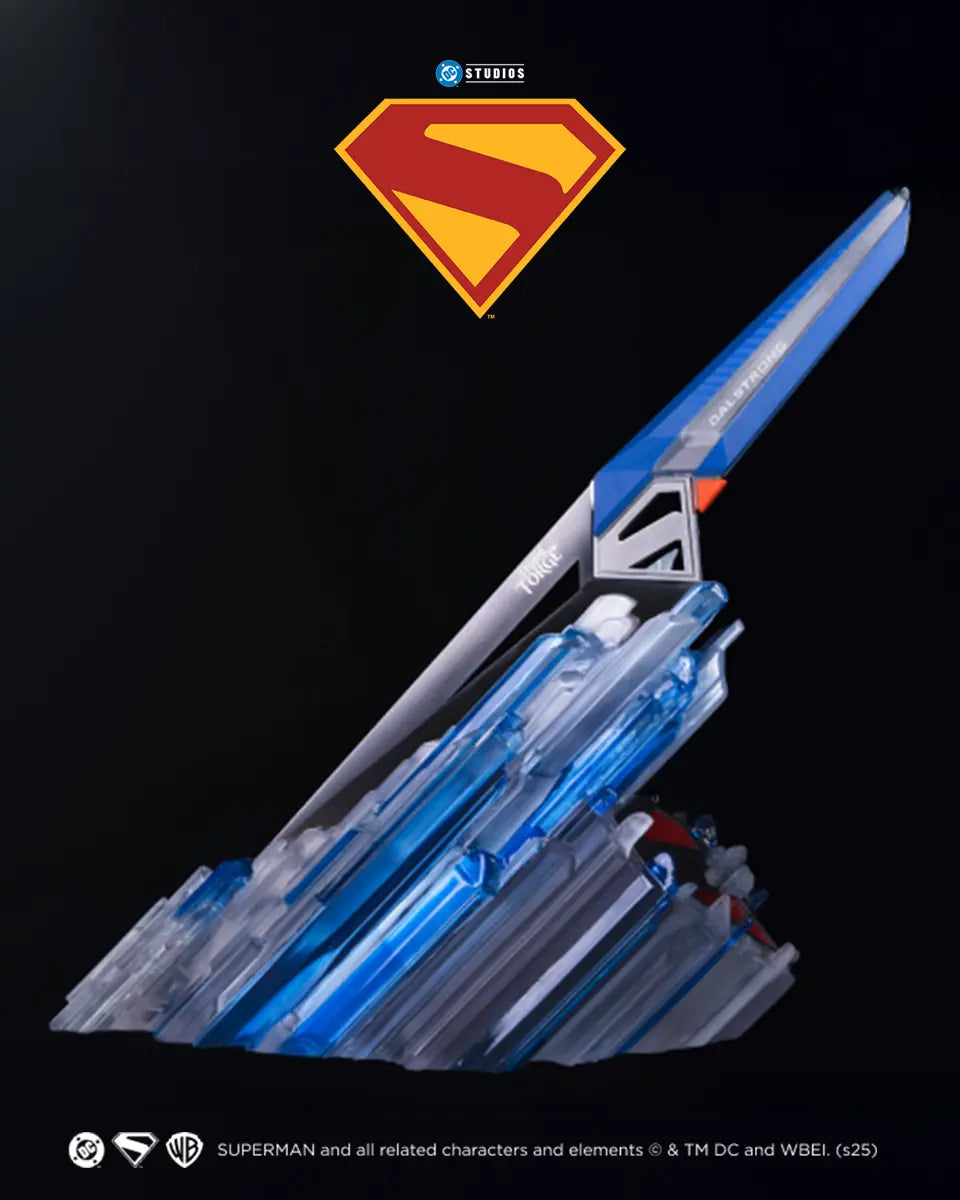
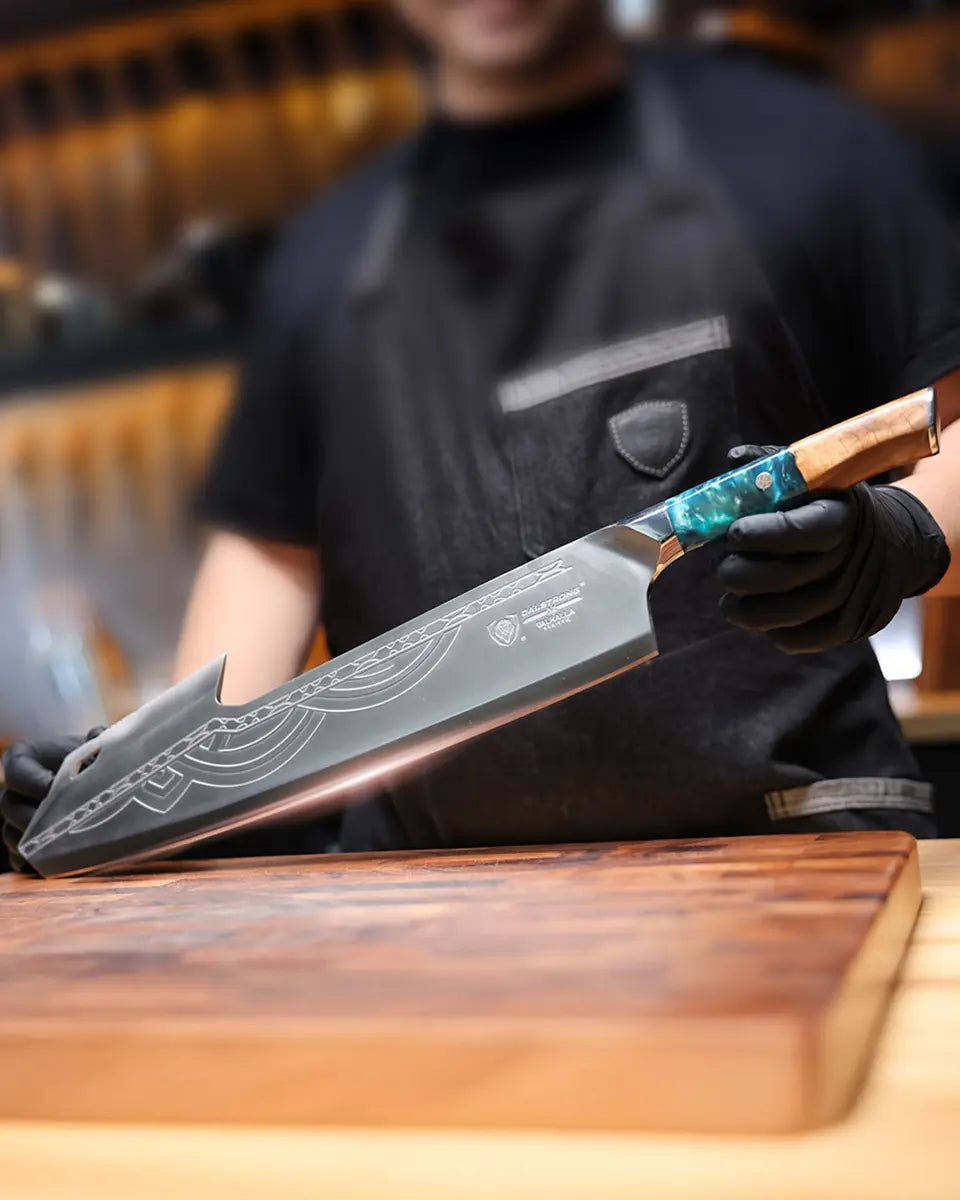


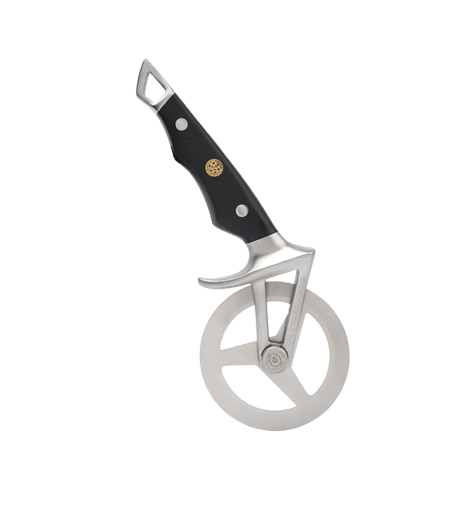
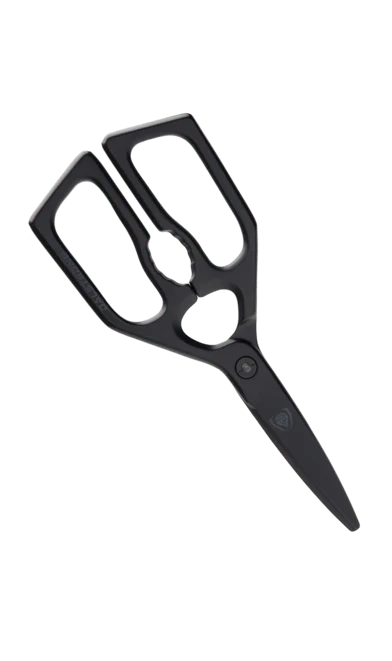
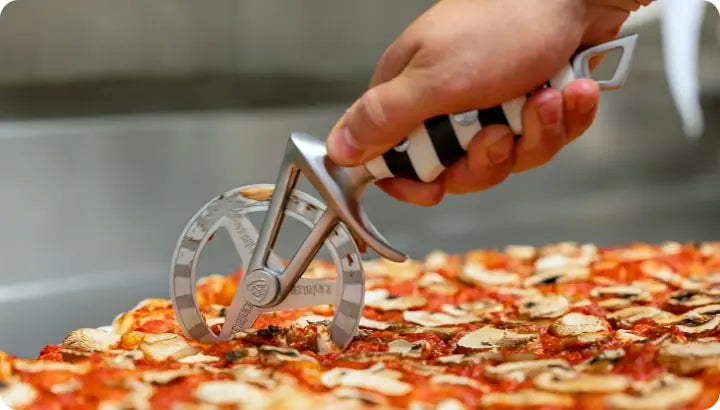

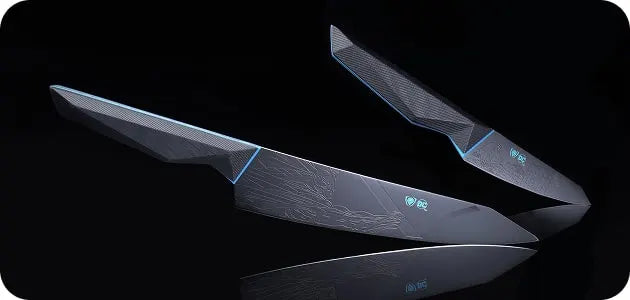
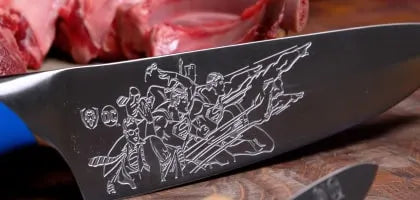








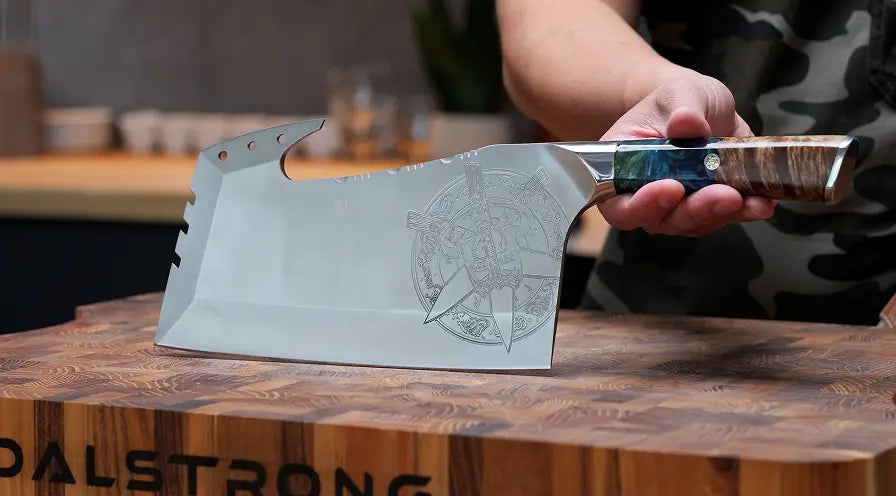
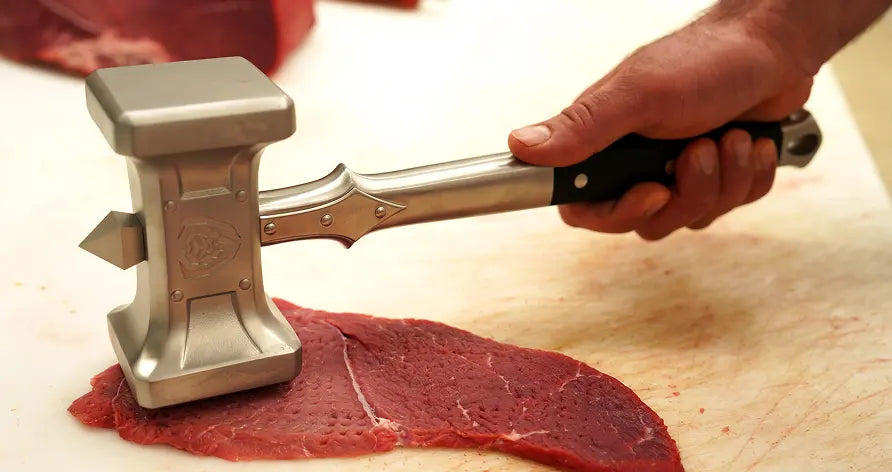
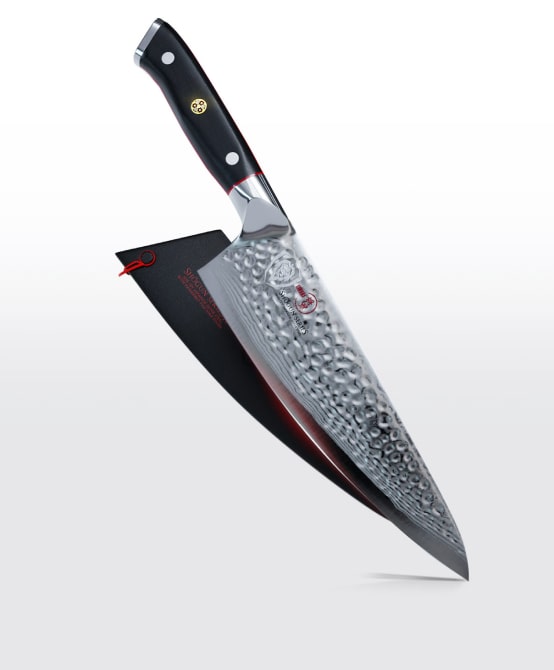



 Dalstrong
Dalstrong 








































































































































































